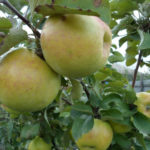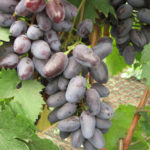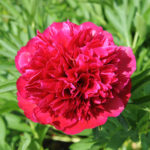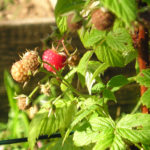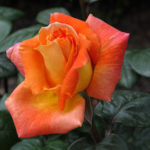Fir-tree prickly Glauka Globoza
Among the entire group of thorny spruce trees, which have long been chosen by gardeners in Europe and America, there are several rather old varieties that have long and firmly settled on the "coniferous Olympus". They have become almost legendary, a classic that never gets old. Our current heroine is one of them.

History of creation
It is quite simple when compared with the extensive "track record" of the variety itself. The spruce was obtained by the breeder Ant Kluis Boskuup in 1937, in the Netherlands. He simply selected an unusual specimen from numerous seedlings of a standard prickly spruce, and then worked for a long time to maintain its features.
The first publication about the new product was in 1949, and the massive exit to the trading floors took place in 1955, when the long-term tests were completed.
Since then and up to now Glauka Globoza (Picea pungens "Glauca Globosa") is a favorite of gardeners, the most popular ephedra in many countries of the world, a real star of green design. On its basis, new cultivars are being created that preserve the best qualities of their ancestor.
Description of appearance
It looks like a dwarf coniferous tree, the height of which only rarely reaches two meters. In the first years of life, its crown resembles a slightly flattened ball, often asymmetrical, loose, sometimes one-sided.

And only at the age of about 10 years, a clear central conductor appears from this indistinct ball, growing more actively and as if carrying the crown along with it. It stretches, acquires a wide pyramidal shape, becomes much denser.
However, it must be clarified that often gardeners and designers deliberately do not allow the spruce to stretch out, and by constant pruning, they preserve its original sphericity. Only now the ball becomes symmetrical, elegant and very dense.
The needles of our heroine are short, prickly, planted surprisingly tightly. Its peculiarity is that each needle is slightly curved, like a tiny sickle. It has a silvery-bluish tint, lighter, to almost blue, in young shoots. Due to this, the variety in the spring looks like a bluish living ball from afar, gradually darkening towards the end of summer. The length of annual shoots is usually 6-8 cm.
If cones are formed, their shape is oval-cylindrical, noticeably elongated, sometimes up to 10 cm in length.
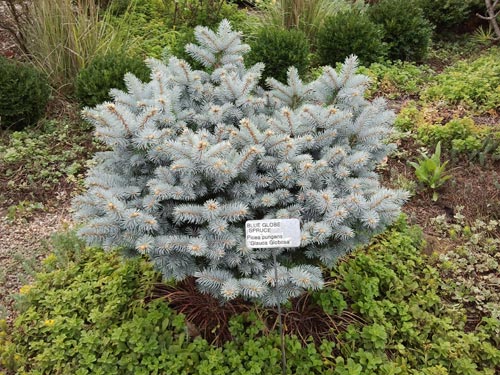
Features of agricultural technology and use
In general, this spruce can be safely attributed to unpretentious conifers. It is frost-resistant, able to withstand up to -30 ° without shelter. Easily adapts to lack of nutrients, as well as to the inadequacy of the soil to the ideal. Although, of course, it demonstrates its best decorative qualities on fertile lands: slightly acidic, sandy loam and loamy.
Like the entire group of thorny spruce trees, Glauka Globoza is very intolerant of moisture stagnation in the soil, as well as excessive compaction of the earth near the roots; when planting, it requires high-quality drainage.
A huge advantage is its high resistance to air pollution, which allows the variety to be widely used for landscaping city streets and squares.
At the end of winter, especially in early spring, you need to ensure that snow and ice do not accumulate on the concave or flat surface of the spherical crown. They can spoil the needles, even lead to their yellowing and dropping in this place.
Regarding the use in landscape design, this is an irreplaceable tree that has not so many competitors when it comes to a tiny plot, a small corner of the garden. It looks great on a rocky hill, in a small group of plants, and as a cute single plant that stays beautiful all year long.
Many specimens in Europe are sold as a tub plant that can make a balcony, a loggia, a small hallway cozy and lively. If you are a master of pruning, you can gradually shape any silhouette from this spruce: it allows you to make real small sculptures from its crown!
As you can see, it is not for nothing that Glauka Globoza is considered a classic! It is multifaceted, stimulates the owner to be creative, at the same time, it is very unpretentious and modest in its requirements. What else do you need to win the love of several generations of gardeners?

